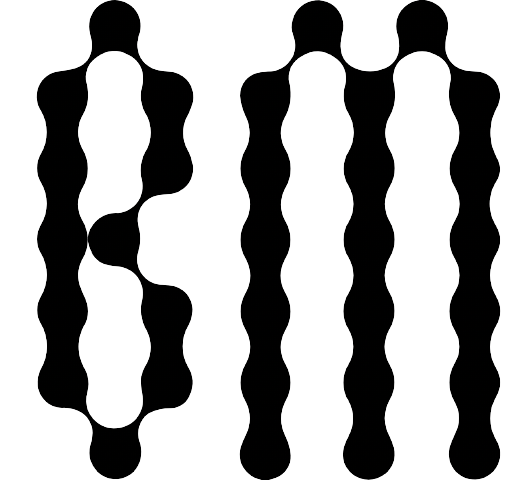Methodology of the Memory Objects Collection
The Memory Objects Collection is an important source of information for the understanding of the 1980 Coup d’État as a process that covers a period before and after itself, and of a holistic narrative that derives from such a nuanced effort of comprehension. In this extensive collection, photographs, letters, postcards, written notes, drawings/pictures, various objects and ephemera shed light on the period with their qualification of bearing subjective characteristics and/or reflecting the era.
In the collection, the memory objects whose donors are known are classified under the donor’s name, and those whose source is unknown are classified as anonymous memory objects.
Thanks to these memory objects, through the information of what a person/generation collected and what they could or couldn’t collect, it is possible to see and understand both the dynamics of the period and the subjects’ connection with the(ir) past.
These objects also have a unique place when it comes to observing the transitivity between the collective and the personal. It seems possible to follow through these objects both the traces and fervency of the military regime, and the knowledge of organizing and solidarity.
The Memory Objects Collection consists of two channels. On the one hand, memory objects that are shared by some of the interviewees who have contributed to the oral history collection of the museum take their place in the Collection, and on the other hand those people who own memory objects of the time in their personal archives are contacted and such objects are included in the collection through their owner’s consent of donation.
World standards of archiving are followed with the digital recording of the memory objects. Safe physical environment is the main criterion during all the stages in which the memory objects are obtained, stored in a certain order, and transferred to the digital medium. The objects are carefully and scrupulously photographed, all materials suitable for scanning are digitized and returned to the donors as they were borrowed.
Following the transfer to digital media, each memory object is recorded in the collection/system under the name of its donor. Unlike other collections, memory object collections are not processed at the level of individual documents, but through a metadata scheme formed at the level of a series, and presented to the user as a gallery. In another dissimilarity with the other type of collections, the use of the memory objects collection is restricted according to the consent of the donor. For accessibility, all the constituents of the collection are linked to the other collections of the museum through the metadata scheme.
The Memory Objects Collection is an important source of information to understand the 1980 Coup as a process that covers a period before and after itself, and of a holistic narrative that derives from a nuanced effort of comprehension. In this extensive collection, photographs, letters, postcards, written notes, drawings/pictures, various objects and ephemera shed light on the period with their feature of bearing subjective characteristics and reflecting the era.
In the collection, the memory objects whose donors are known are classified under the donor’s name, and those whose source is unknown are classified as anonymous memory objects.
Thanks to these memory objects, through the information of what a person/generation collected and what they could or couldn’t collect, it is possible to see and understand both the dynamics of the period and the subjects’ connection with the(ir) past.
These objects also have a unique place when it comes to observing the flux/transitivity between the collective and the personal. It seems possible to follow through these objects both the traces and fervency of the military regime, and the knowledge of organizing and solidarity.
The Memory Objects Collection consists of two channels. On the one hand, memory objects that are shared by some of the interviewees who have contributed to the Oral History Collection of the Museum take their place in the Memory Objects Collection, and on the other hand those who own memory objects of the time in their personal archives are contacted and such objects are included in the collection through their owner’s consent of donation.
We followed universal standards of archiving for the digitization of the memory objects. Safe physical environment is the main criterion during all the stages in which the memory objects are obtained, stored in a certain order, and transferred to the digital medium. The objects are carefully and scrupulously photographed, all materials suitable for scanning are digitized and returned to the donors as they were borrowed.
Following the transfer to the digital media, each memory object is recorded in the collection/system under the name of its donor. Unlike other collections, items in the Memory Object Collection is not processed at the level of individual documents, but through a metadata schema formed at the level of a series, and presented to the user as a gallery. In another dissimilarity with the other type of collections, the use of the memory objects collection is restricted depending on the consent of the donor. For accessibility, all the constituents of the collection are linked to the other collections of the museum through the metadata schema.
